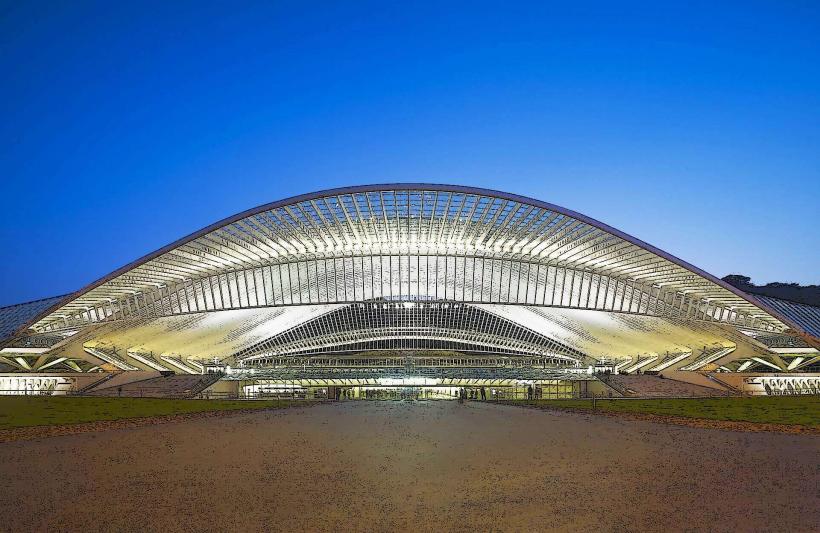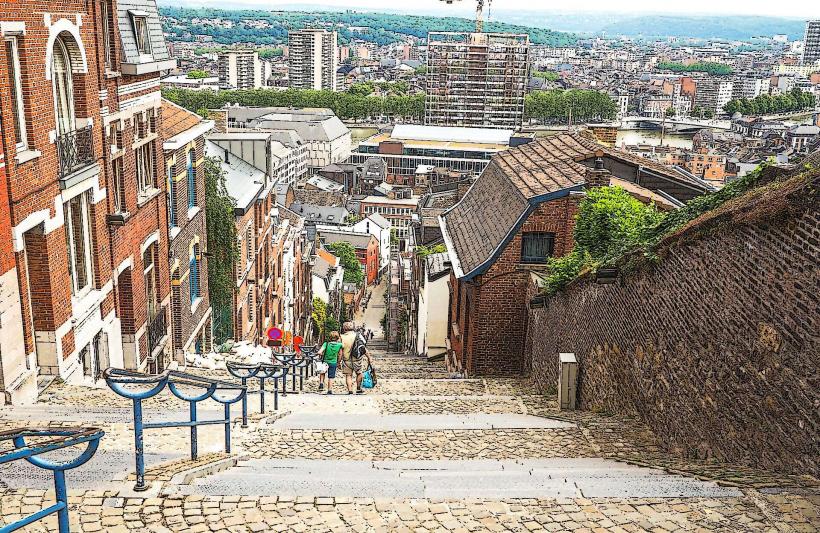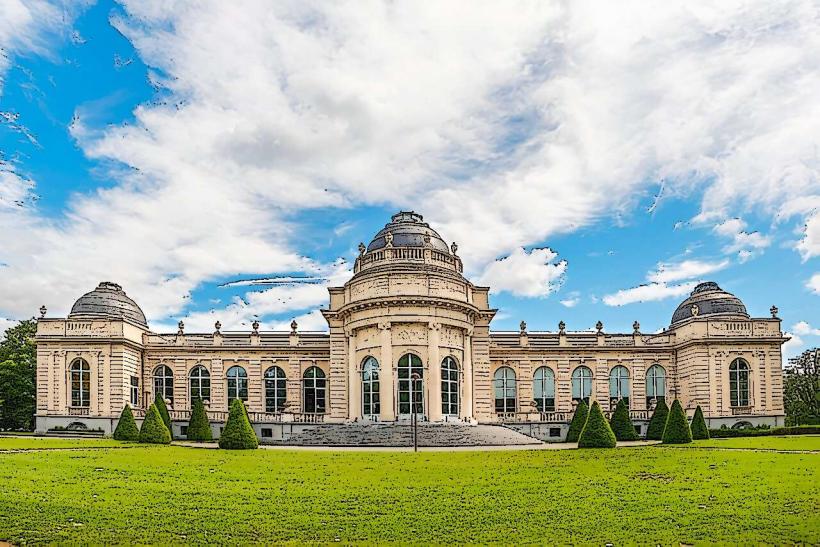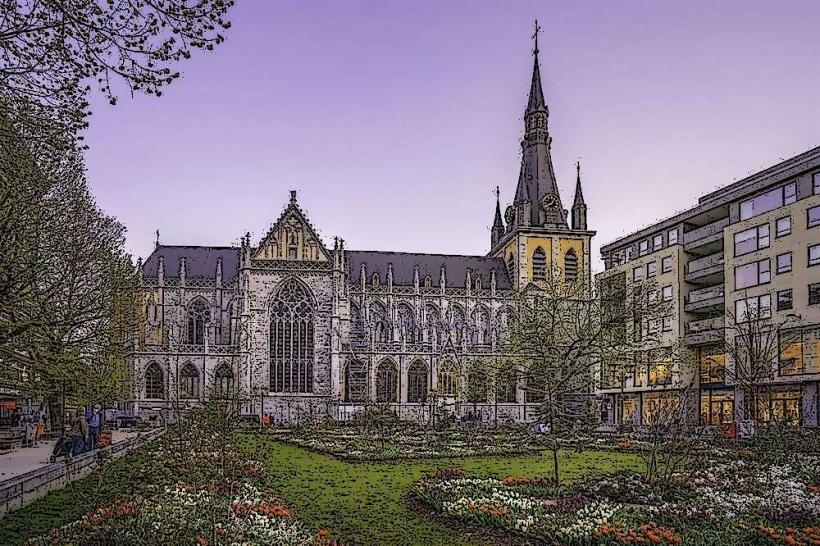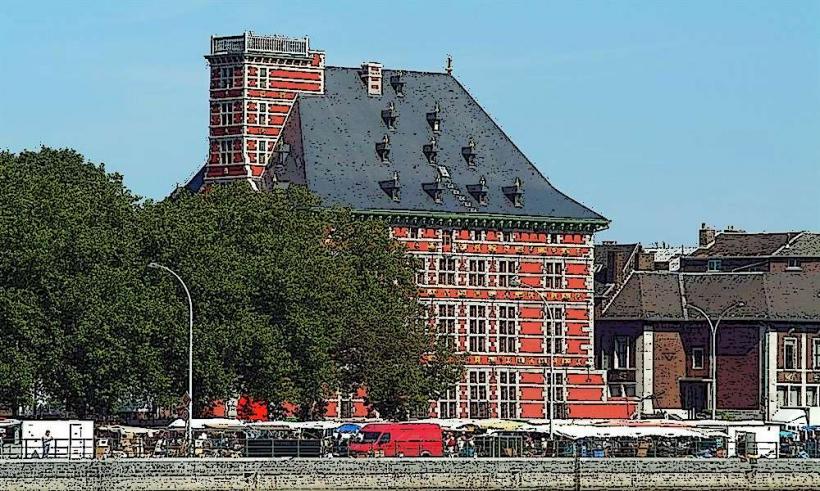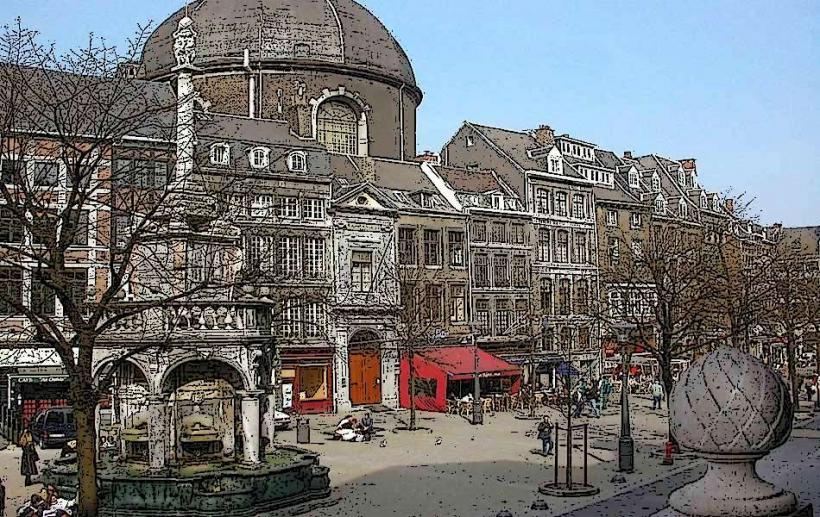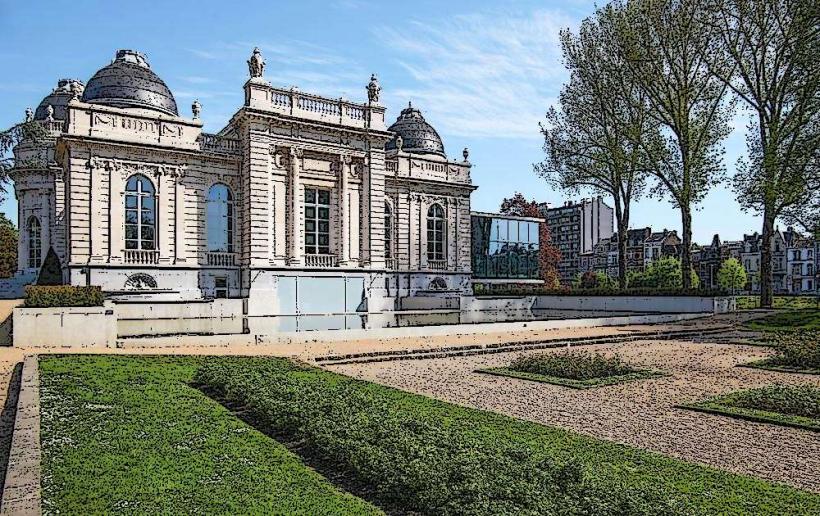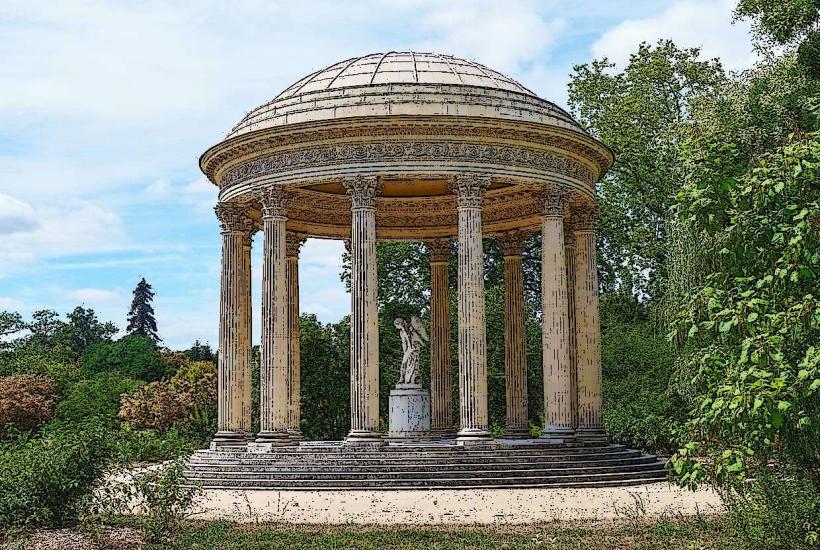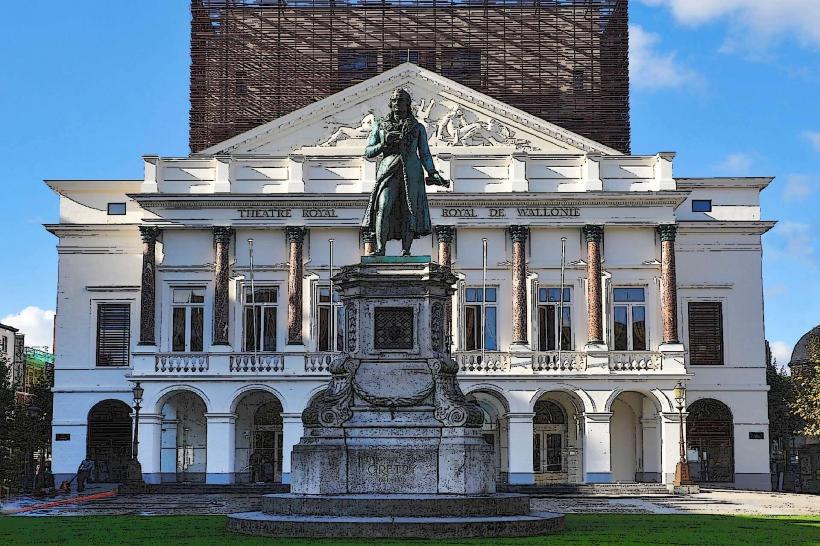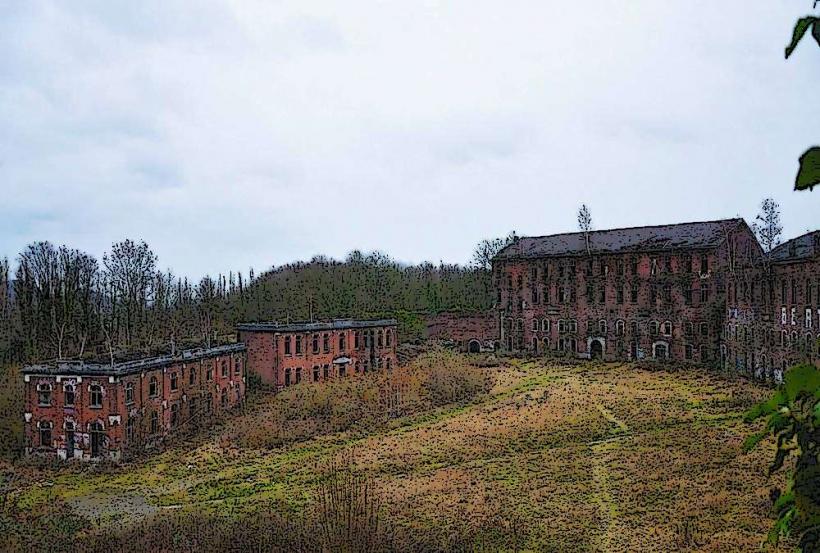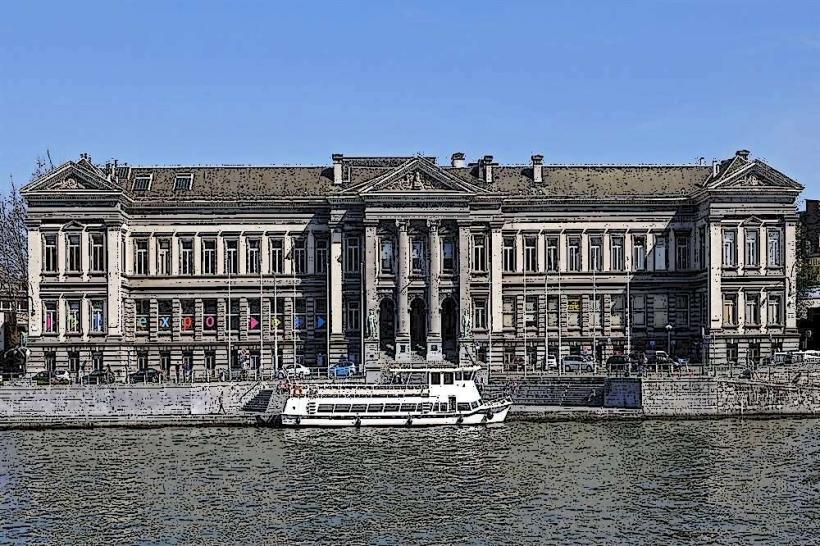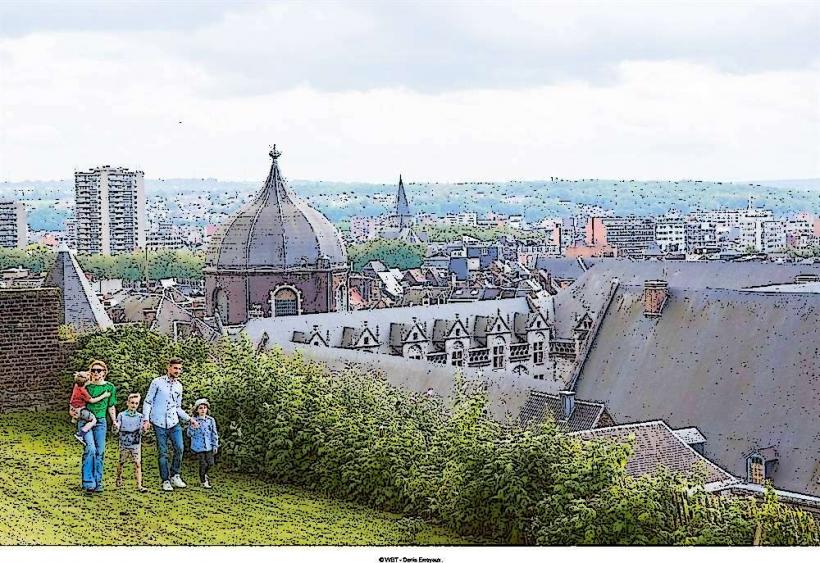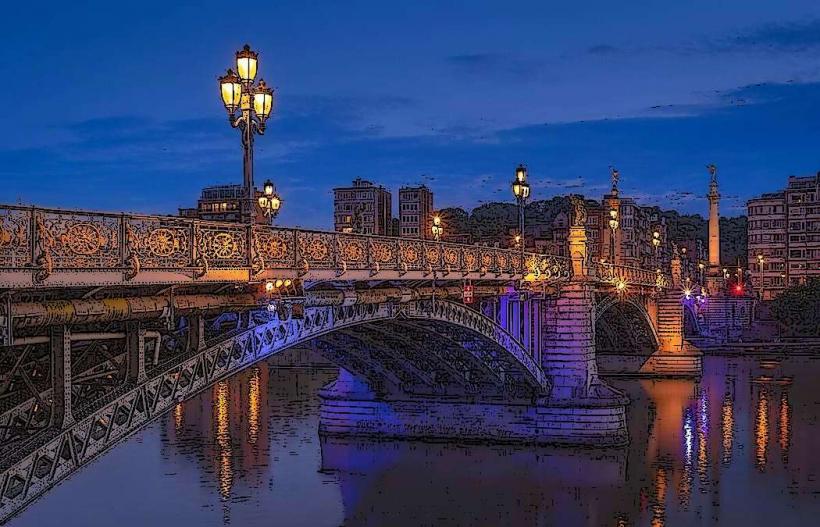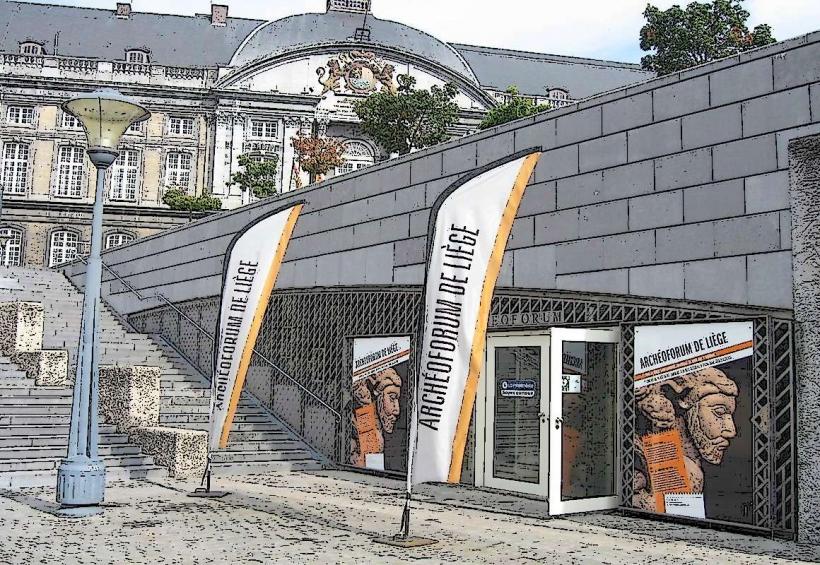Information
City: LiegeCountry: Belgium
Continent: Europe
Liège is a dynamic city located in the Wallonia region of Belgium, in the French-speaking part of the country. Known for its rich history, industrial heritage, and vibrant cultural scene, Liège is one of the most important cities in Belgium. It is situated along the Meuse River, which has played a pivotal role in its development as an industrial and commercial center. Today, Liège offers a unique mix of historic landmarks, modern architecture, and a lively atmosphere.
History
- Ancient Origins: Liège has a history dating back to Roman times. It became an important settlement due to its strategic location along the Meuse River. By the Middle Ages, it had developed into a significant center of trade and religion.
- Medieval and Religious Significance: In the 9th century, the region around Liège was established as a bishopric, and the city became a key religious center. The Prince-Bishops ruled the region until the 18th century, with Liège serving as the seat of both secular and religious authority.
- Industrial Revolution: The 19th century brought the Industrial Revolution to Liège, and the city quickly became one of the most important industrial hubs in Belgium. It was known for steel production, coal mining, and heavy manufacturing. The city's industrial heritage is still evident in its architecture and museums.
- Modern Development: After World War II, Liège faced significant challenges as its industrial base declined, but the city has since reinvented itself with new cultural, educational, and commercial initiatives. Today, Liège is a modern city with a youthful energy, bolstered by the presence of institutions like the University of Liège and an expanding tech and research sector.
Architecture and Landmarks
Liège features a blend of historical and modern architecture, reflecting its rich history and contemporary growth.
- Liège-Guillemins Railway Station: Designed by the famous architect Santiago Calatrava, the Liège-Guillemins Railway Station is one of the most iconic buildings in Belgium. The station’s sleek, futuristic design features white steel arches that resemble wings, making it an architectural landmark of the city. It’s also a transportation hub, connecting Liège to major cities across Belgium and Europe.
- Liège Cathedral (St. Paul's Cathedral): St. Paul's Cathedral is a Gothic-style cathedral that dates back to the 10th century. It features stunning stained-glass windows, intricate sculptures, and beautiful chapels. The cathedral is one of the main religious landmarks in the city and a symbol of its medieval past.
- La Boverie Museum: This fine arts museum is housed in a 19th-century building and is located along the Meuse River in a beautiful park. It features a collection of modern and contemporary art, with works by famous artists such as Van Gogh, Picasso, and Magritte. The museum has undergone significant renovations in recent years and is one of the city's premier cultural venues.
- The Palace of the Prince-Bishops: This grand palace, located in the heart of the city, was once the residence of the Prince-Bishops of Liège. Today, it houses several governmental offices and museums, but its beautiful architecture and rich history make it a key historical landmark.
- Montagne de Bueren: The Montagne de Bueren is a famous 374-step staircase that leads to the Citadel of Liège, offering spectacular views of the city. The stairs, which date back to the 19th century, are a popular tourist attraction and a symbol of Liège's steep hills and picturesque landscape.
- The Citadel of Liège: Situated on the Montagne de Bueren, the Citadel is an ancient fortification that dates back to the middle ages. It offers panoramic views of the city and the Meuse River. Though much of the original structure has been lost over the centuries, the site remains an important historical monument.
- Opera Royal de Wallonie: Liège's Opera House is a key part of the city's cultural scene. Built in the 19th century, it is renowned for its stunning neoclassical architecture and is home to a world-class opera company. It regularly hosts performances of opera, ballet, and classical music concerts.
- Place Saint-Lambert: Place Saint-Lambert is a central square in Liège, known for its historical significance and beautiful architecture. In the past, it was the site of the Cathedral of Saint Lambert, which was destroyed in the 18th century. Today, the square is surrounded by important buildings, including the Palace of the Prince-Bishops.
Culture and Festivals
Liège is a city rich in cultural activities, with a variety of festivals, theaters, and galleries that reflect its artistic heritage.
- Liège International Film Festival: This annual event, held every October, showcases a diverse selection of international and Belgian films, including premieres, documentaries, and short films. It is a key event for film enthusiasts in the region.
- Les Ardentes: Les Ardentes is one of Belgium’s largest music festivals, taking place annually in Liège. The festival features performances by international pop, rock, and electronic artists, attracting tens of thousands of music fans from across Europe.
- Liège Christmas Market: Liège’s Christmas Market is a festive event held in December, offering seasonal treats, decorations, and entertainment. Visitors can enjoy traditional Belgian waffles, frites, hot chocolate, and mulled wine in a cozy, festive atmosphere.
- Festival of Light (Festival des Lumières): This light festival takes place in the city center, where art installations, performances, and projections turn Liège into a glowing city of lights. The event is held annually during the winter months, attracting both locals and visitors.
- La Fête de la Wallonie: This annual celebration takes place in September, celebrating the culture, language, and traditions of Wallonia. It includes music, performances, and street parties throughout the city.
Cuisine
Liège is famous for its traditional Walloon cuisine, which includes hearty dishes and sweet treats. Some of the must-try foods include:
- Liège Waffles (Gaufres de Liège): Unlike the Brussels-style waffle, the Liège waffle is denser, richer, and typically contains pearl sugar that caramelizes when cooked. These waffles are a beloved treat throughout Belgium.
- Côte à l'Os: A traditional Belgian dish, Côte à l'Os is a rib steak that is often served with fries and a side of béarnaise sauce or mushrooms.
- Tarte al Liègeoise: A specialty dessert from Liège, Tarte al Liègeoise is a sweet tart filled with a rich fruit compote or jam and covered with crème fraîche.
- Boulets Liégeois: This dish consists of meatballs, typically made from pork and beef, served with a rich sauce and accompanied by frites. It is a classic Liège comfort food.
- Peket: Liège is also known for its traditional spirit, Peket. This juniper-based liquor is a local specialty, often enjoyed as a digestif or in cocktails.
Education and Innovation
Liège is home to several universities and research centers, making it a key intellectual hub in Belgium.
- University of Liège (ULiège): Founded in 1817, the University of Liège is one of the most prestigious universities in Belgium. It offers a wide range of programs in the fields of science, engineering, medicine, and humanities. The university is a center for research and innovation, with contributions to fields such as biotechnology, engineering, and energy.
- Liège Science Park: The Liège Science Park is an important center for scientific research and technology in the city. It focuses on innovation and collaboration between universities, research institutions, and private companies.
Transportation
Liège is well-connected to the rest of Belgium and beyond, making it an accessible city for both locals and tourists.
- Liège-Guillemins Railway Station: The Liège-Guillemins station is one of Belgium's main train stations, offering high-speed connections to major cities like Brussels, Paris, Luxembourg, and Cologne. It also offers local trains to other cities in the Wallonia region.
- Public Transportation: Liège has an extensive public transportation network, including trams and buses, making it easy to get around the city. It also has an integrated bike-sharing system.
- Cycling: Liège is a bike-friendly city, with many cycling paths and bike rental stations, encouraging eco-friendly travel within the city.
Conclusion
Liège offers a unique blend of historical richness, industrial heritage, modernity, and cultural vibrancy. Whether you’re exploring the medieval streets, visiting museums, or enjoying local festivals, Liège has something to offer everyone. The city’s mix of old and new, its cultural scene, and its culinary delights make it a fascinating destination in Belgium.

